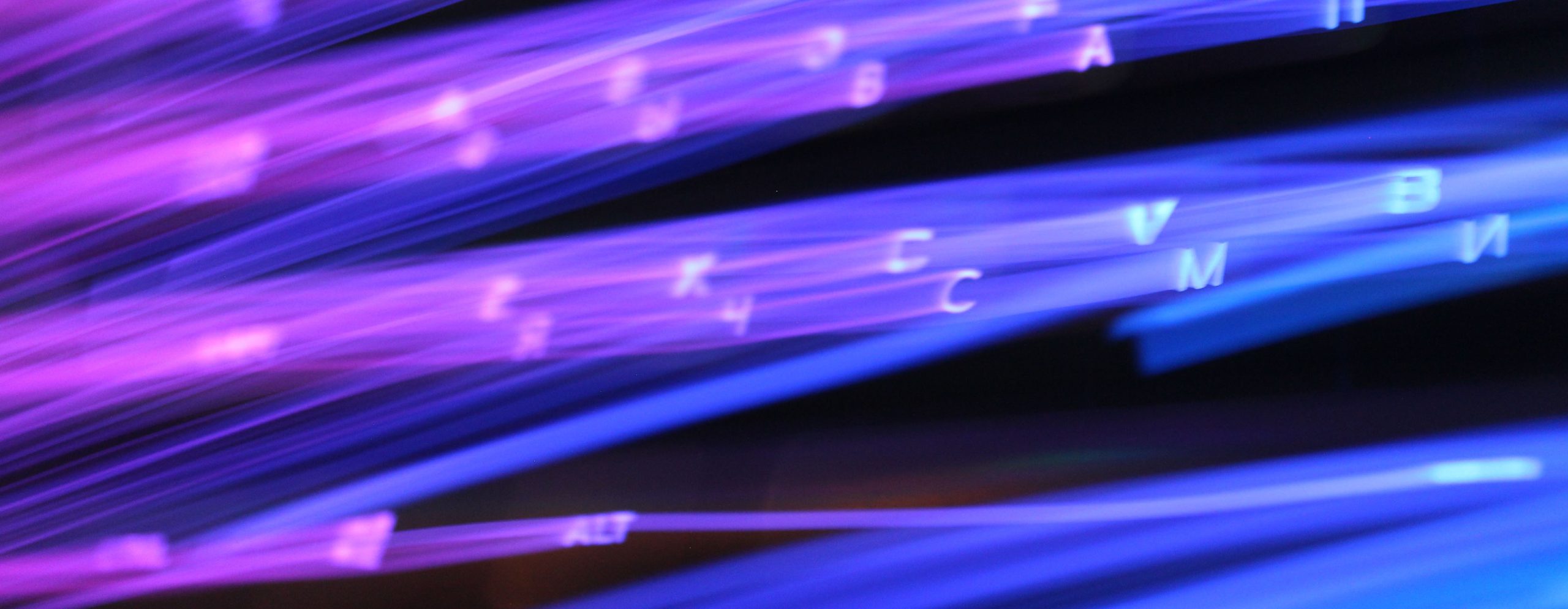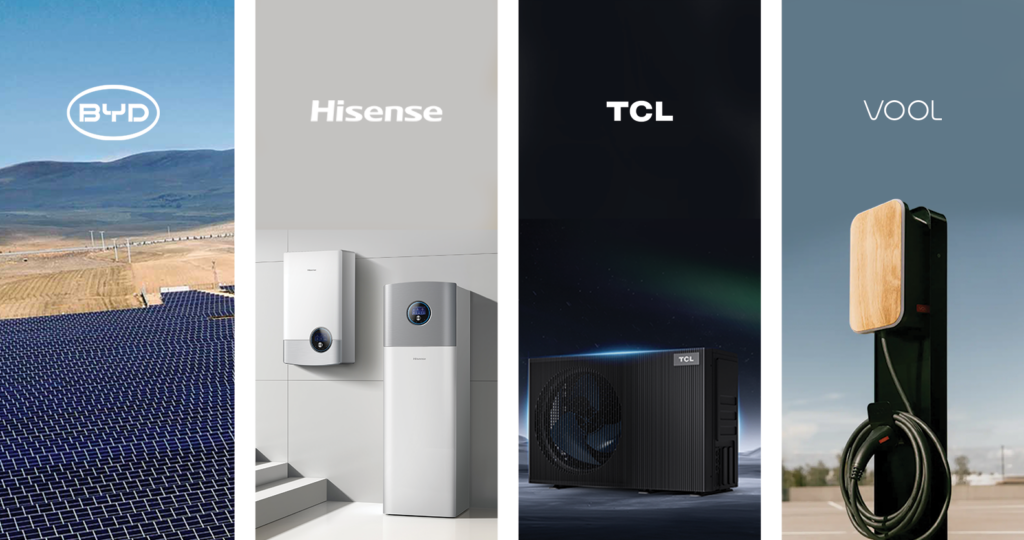- News
- September 25, 2018
Upcoming changes in the technology industry will revolutionise our daily lives

Marijus Miceika: upcoming changes in the technology industry will revolutionise our daily lives
Although Europe’s biggest tech show, IFA 2018, took place in Berlin a couple of weeks ago, the news presented at IFA 2018 still keeps tech enthusiasts and anyone interested in what’s coming soon. We have talked to Marijus Miceika, Director of the Product and Marketing Department at ACC Distribution, one of the largest electronics wholesalers in the Baltics, to find out how smart devices are about to change our daily lives.
This year, you made your traditional visit to the IFA. What surprised you as a technology expert?
I can highlight 3 of the most interesting new items that were presented at this year’s show. Firstly, electronic devices are now able to share information with each other. This is best illustrated by the example of vacuum cleaners, where one vacuum cleaner can detect an obstacle in the house and can transmit this information to another. This way, the devices do not get stuck at the obstacle and do their job more smoothly.
Another interesting feature was introduced by FridgeCam, which can turn any fridge into a smart one. Every time a person closes the fridge door, the camera captures the products inside. It sends these images to a smartphone. The device can also identify the expiry dates of products and tell you how many days are left before a product expires.
Another trend that may not be sensational is voice control of the smart home. What is new in this area is that Amazon Alexa or Google Assistant is appearing on the TV, the computer, the washing machine, etc. So a person sitting in the living room watching TV can now ask these cloud-based smart assistants how many minutes are left until the washing is done and hear the exact answer without leaving the sofa. All these devices are integrated into the IoT, becoming a single home system controlled by voice. Refrigerators, robot vacuum cleaners, lighting, and other appliances can already be integrated into this system. In the next five years, I think we will see such devices in many homes because Google Assistant and Amazon Alexa are very popular systems in the West and are already being used in large numbers.
The application of artificial intelligence in the home is a topic that has been widely discussed in the media. Were there any devices with the hints of AI that were presented at this year’s event?
As I said, things are actually already capable of learning and sharing this information with each other. Almost all the manufacturers present at the exhibition demonstrated the “smartness” of their products. For example, detecting laundry stains (a special pencil “scans” the stain and suggests a washing programme to remove it), putting food in the oven (sensors detect the type of food and select the optimum cooking programme), or an adaptive hob (when you put a steak in it, it redistributes the heat automatically so that it cooks the meat evenly). Sensors automatically regulate the cooking process. People don’t have to worry about recipes anymore, as the devices can suggest them themselves. In the long term, AI is likely to follow a person’s habits, and when they get home, they will be asked what to make for lunch, what TV programmes to turn on, and that their clothes have been washed and their house cleaned. More and more devices will also connect with each other.
Can you tell us more about the devices’ connectivity trend?
Today’s people’s consumption habits are changing. Not only do they want to know what’s happening in every corner of the home or what functions their home devices are currently performing, but they also want to take advantage of technology that helps them stay connected, whether they’re in the office or on the move. Consumers’ needs and expectations for device connectivity are growing. They want technology that is easy to use and meets their everyday needs for fast access to high-resolution graphical information, data backup, or device management. Connected devices will need stronger, faster, and more affordable network connections to reach their full potential. In fact, manufacturers are already introducing a range of solutions that extend wireless connectivity, allowing dozens of devices using wireless internet to operate simultaneously in a house as small as 300 square meters.



